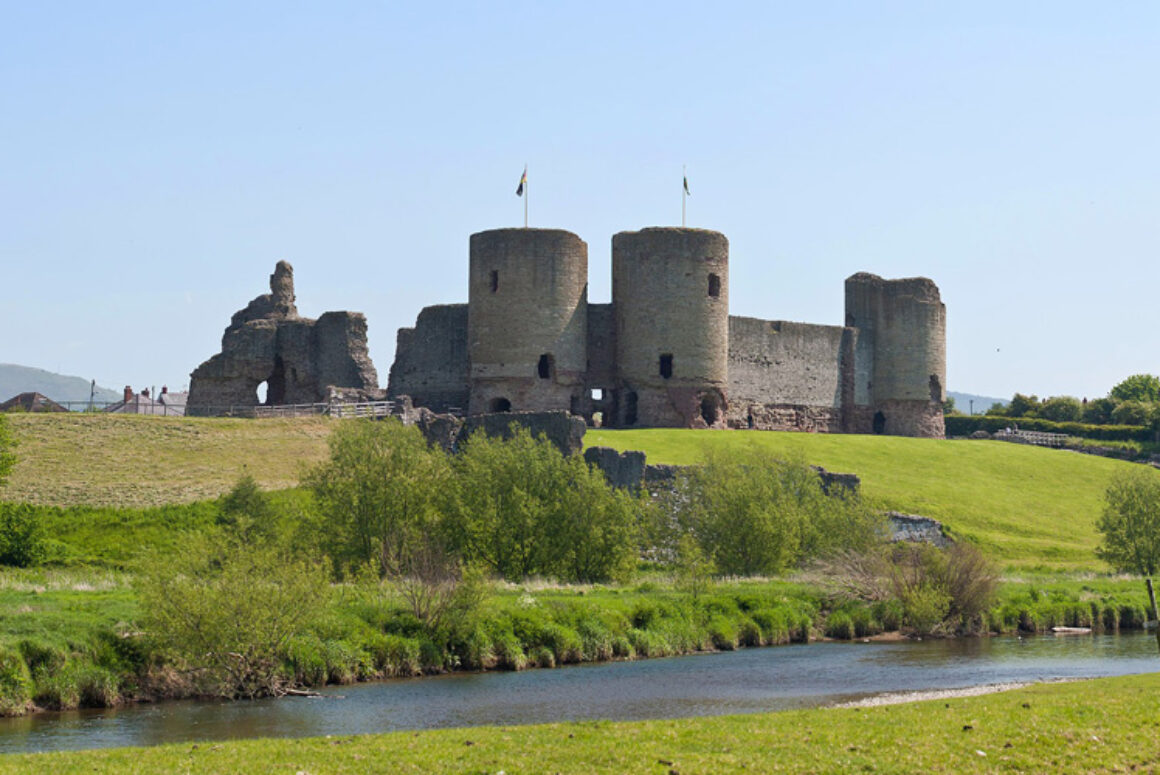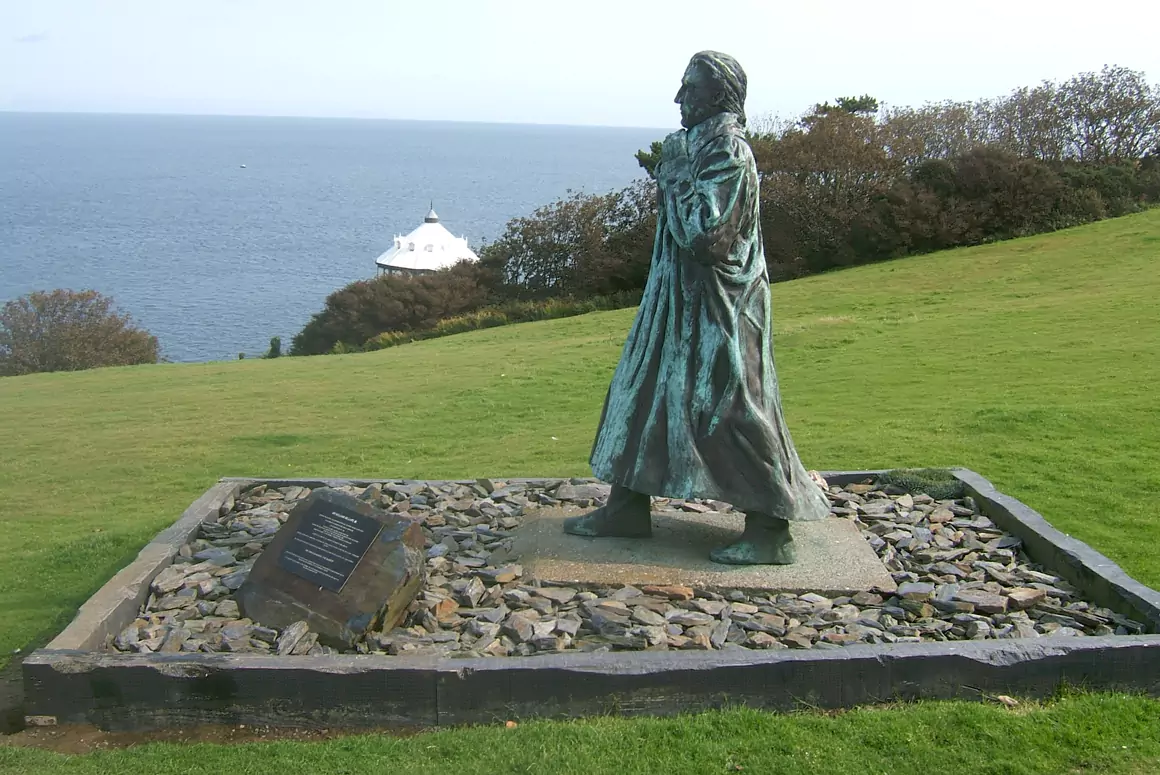![]()
Karen Foy steps back in time and visits a thriving modern community dominated by its 13th-century past.
Situated in the county of Denbighshire, Rhuddlan boasts a picturesque location nestled on the banks of the River Clwyd. The approach over the Grade II listed bridge offers the majestic sight of St Mary’s Church to the left and Rhuddlan Castle to the right and from these vantage points a scenic view across lush green fields to the countryside beyond.
The name Rhuddlan derives from ‘Rhudd’ meaning ‘red’ and ‘glan’ meaning ‘bank’, aptly describing the colour of the riverside soil upon which this community is based.
The surrounding marshes are steeped in ancient history, as it was here in 796 at the battle of Rhuddlan Marsh that the Welsh, under the command of Caradoc, Prince of Gwynedd, were defeated by the Saxons, led by King Offa of Mercia. A turbulent era of war and conflict followed as the various parties fought for control of land and borders.
Fit for a King
The town preserves its strong links with history. The High Street and adjacent roads are still set out in the same layout as the original 13th-century plan adopted when the original town and castle were constructed.
Built between 1277 and 1282, during the reign of Edward I, Rhuddlan Castle stands on the site of an even earlier Norman motte-and-bailey fortress. The castle stronghold was constructed in a formation of three concentric rings fortifying a diamond-shaped inner sanctum, two corners having twin-towered gatehouses, whilst the other two corners have single towers. To reinforce the defences an outer circle of turreted walls was created; this became known as the ‘iron ring’ of fortresses. Beyond this a deep moat directly linked the castle to the River Clwyd which, once widened and canalised, created a channel giving direct access to the sea and enabling King Edward’s ships to reach the castle both during peacetime and when under siege.
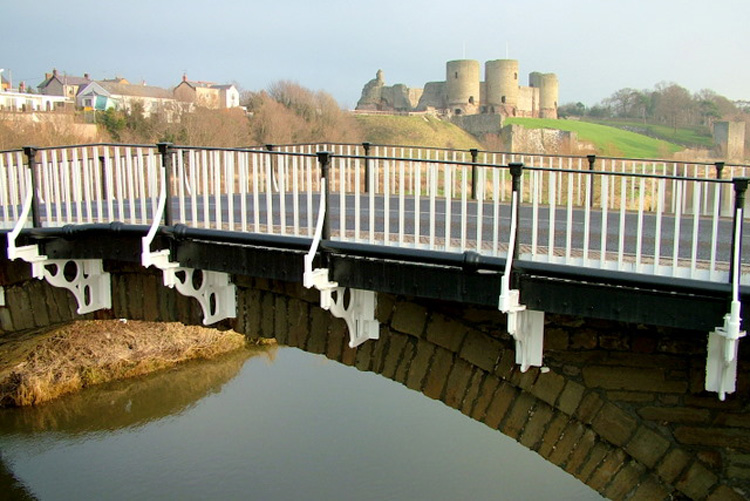
Edward’s desire to conquer Britain led to the construction of other castles, in Conwy, Beaumaris, Harlech and Caernarfon, under the watchful eye of his chief castle builder ― Master James of St George. Although Rhuddlan Castle is perhaps not quite as famous as its counterparts, it played a significant part in Welsh history when in 1284 the Statute of Rhuddlan was issued, establishing a new system of English government over much of Wales. Edward left the southern territories of Wales under the control of the Marcher lords, whilst in the northern areas sheriffs and bailiffs were appointed to enforce the new laws. This settlement remained in place until the Act of Union in 1536.
For a time during the English Civil War the castle fell into Royalist hands, but was forced to capitulate….
Today, in the Parliament Building in the High Street a carved stone plaque commemorates the Statute and recognises that the stone is a fragment of the original building where Edward passed the new laws in the 13th century ― a fascinating link to the past.
For a time during the English Civil War the castle fell into Royalist hands, but was forced to capitulate to the Parliamentarians in 1646. After the war ended, the castle became untenable, but is preserved for us to enjoy by the Welsh Government’s historic environment service, CADW. The ruins of the fortress lie close to the location of a much earlier Norman stronghold known as ‘Twthill’― a prominent earthen mound is all that remains.
An Industrial Heritage
Although a quiet community today, Edwardian Rhuddlan was bustling. The riverside quay was busy during the construction of the castle but is also believed to have been a hive of activity right up to the late 19th century. Grain, timber, and lead ore from local mines were all exported from here, whilst coal was imported to fuel houses and local businesses.
A foundry, estimated to date back to the 1700s, was situated on the banks of the River Clwyd. It was purchased in 1858 from Messrs John and Kerr and, trading as Corbett-Williams Phoenix Iron Works, grew from a workforce of six to over 120. They produced agricultural equipment and machinery essential for the surrounding rural areas, but manufacture was diverted to the production of shell casings and ammunition in 1916, to help the war effort, with similar work carried out during World War II.
During peacetime the foundry put its efforts into creating small items for the automotive industry, before finally closing its doors in 2000. Rhuddlan Local History Society has spent a great deal of time collating photographs and information about Rhuddlan’s industrial past for its archives. Why not share your information about ancestors who may have worked at the foundry, via their website www.rhuddlan-history.com.
A Haven of Peace
The first church to be built in Rhuddlan is believed to have been constructed around 1080. This was replaced with a new building in 1301, creating the base of what was to be the south nave of the present St Mary’s. The double nave was typical of a late 15th-century place of worship and over the centuries numerous additions were made with changing styles affecting its architectural appearance, helping to construct the parish church we see today.
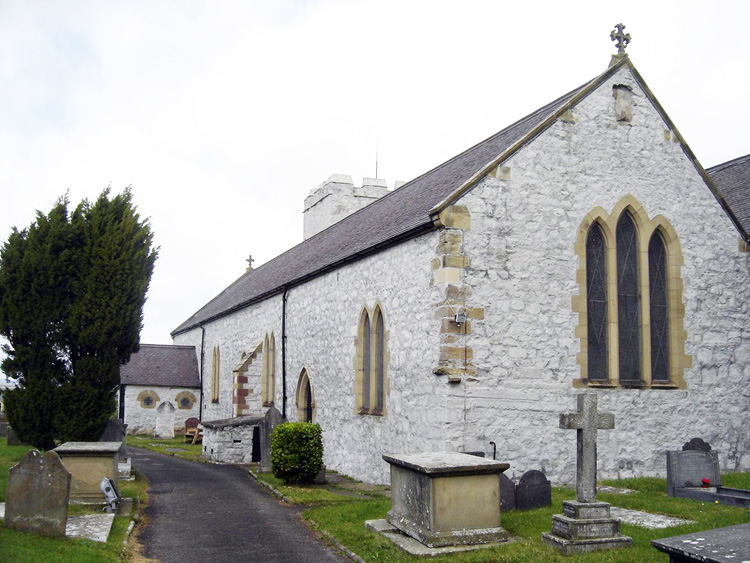
By 1812 St Mary’s required considerable restoration and further work was carried out in 1870 by well-known architect George Gilbert Scott. A mausoleum was added to the north side of the church in 1820 to create a secure burial place for the family of nearby Bodrhyddan Hall, and there are further memorials inside the church; near the altar is a slab engraved with the image of Friar William de Freney, Archbishop of Edessa in Syria; his tomb was brought from Rhuddlan Dominican Friary upon its dissolution in 1536. The magnificent stained-glass windows feature Sir Galahad, in memory of a major killed at Gallipoli in World War I; a wounded soldier meeting a risen Christ, also to commemorate the lives of those given in this conflict, and numerous scenes depicting the various events in Christ’s life. To celebrate St Mary’s 700th anniversary in 2001, a stained-glass window was commissioned to celebrate just some of the landmarks within close proximity, including the castle, the bridge, the River Clwyd and, of course, the church itself.
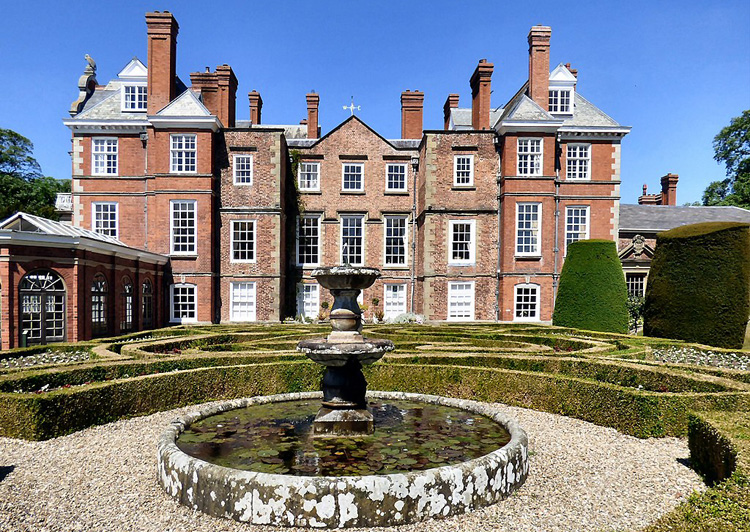
Venture beyond the church walls and you can enjoy peace and tranquillity of a different kind. Created to celebrate the millennium, the Clwydian Way was developed to enable the rambler to have access to some of the finest countryside in North Wales. The 122-mile circular long-distance footpath starts and finishes on the coast in Prestatyn and uses public rights of way as well as circular markers, featuring a buzzard in flight, to guide the walker along the trail.
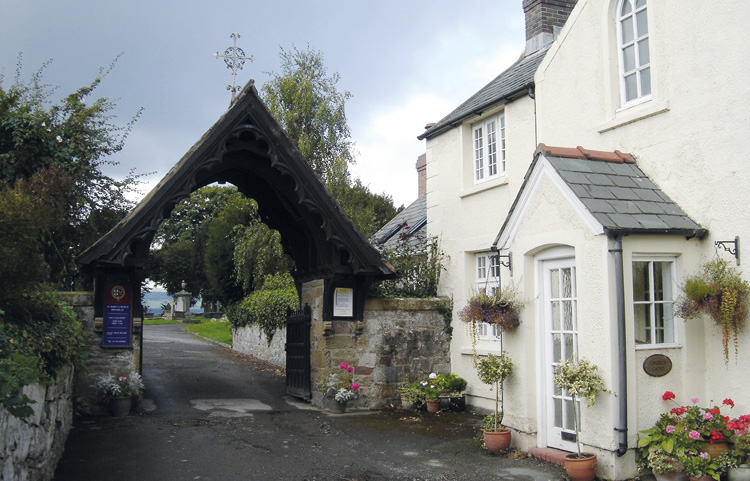
The route meanders through a number of historic towns, including Rhuddlan with its 11-acre nature reserve, and gives the opportunity to perhaps spot some of the area’s wildlife, including an abundance of flora and fauna, as well as birds of prey, foxes, badgers, and otters along the river banks. To complete the full trail is said to take approximately nine days, walking between 11 and 17 miles a day, but to experience completely the historic landmarks and scenery along the route a greater timescale is needed.
So why not experience this beautiful part of Wales for yourself? Walk a section of the Clwydian Way, visit its well-preserved historic landmarks, and step back into Rhuddlan’s rich and vibrant past.


